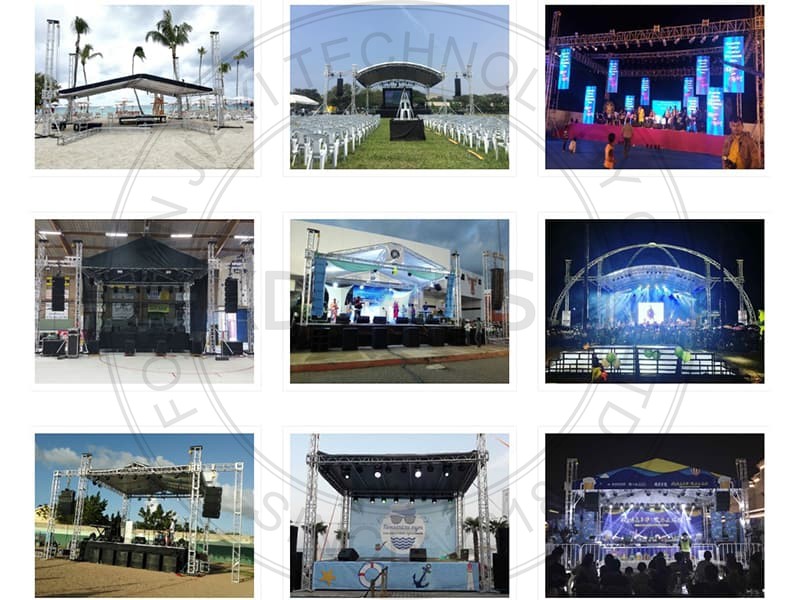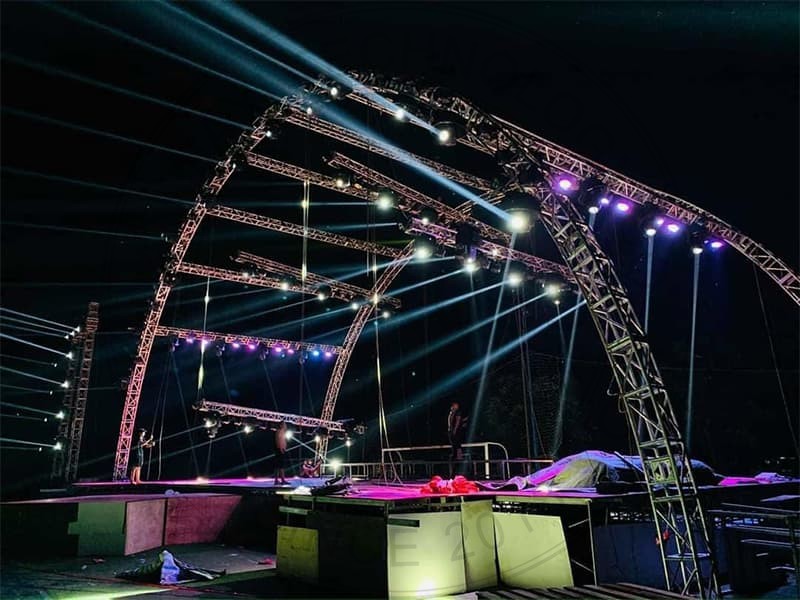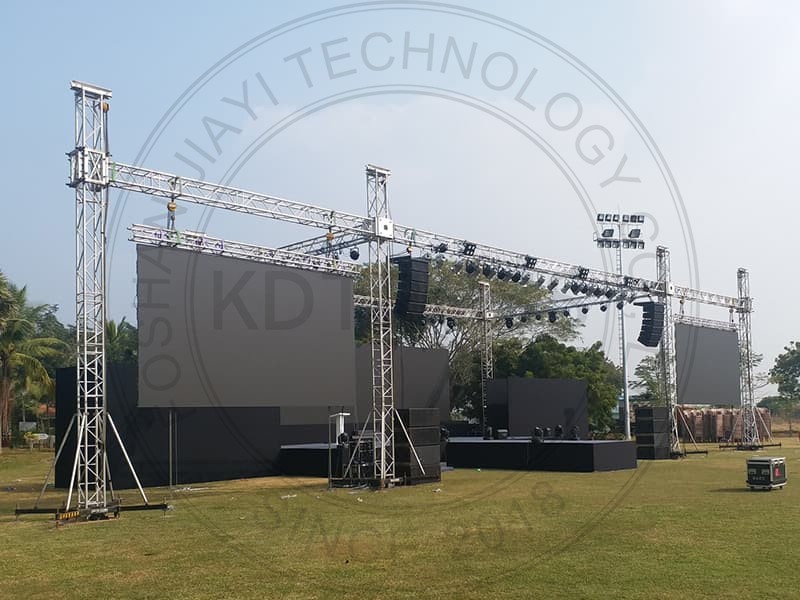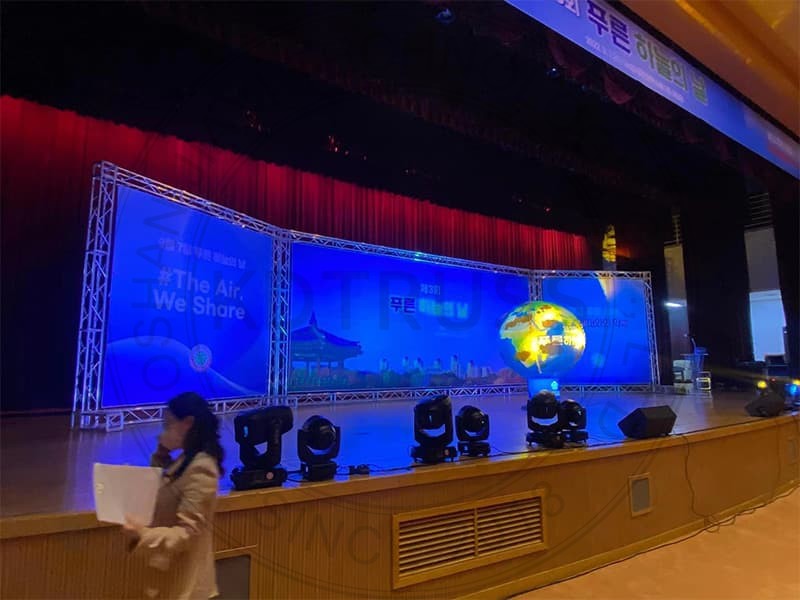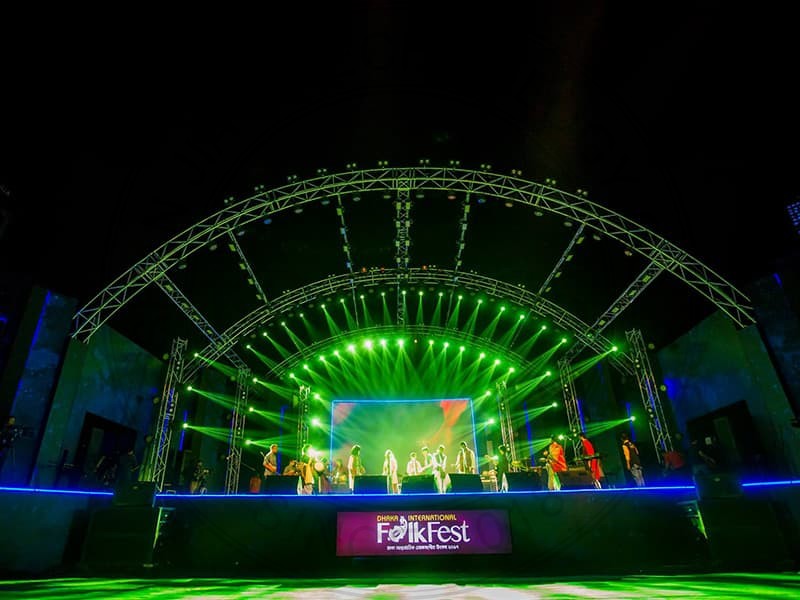The Path to Anti-Corrosion for Galvanized Steel Structures
In the area of prefabricated steel structure construction projects, anti-corrosion treatment is key to ensuring long-term stability and aesthetics. Particularly in special environments like chemical plants, the anti-corrosion of steel structures is of utmost importance. Among various anti-corrosion methods, galvanized steel structures stand out, with their surface treatment and primer selection differing significantly from bare steel.
Firstly, the surface of galvanized steel frame structure buildings are typically smooth and tends to develop zinc salts over time. This characteristic demands that the primer not only remains inert to the zinc surface to prevent adverse reactions but also possesses strong adhesion. Moreover, since the zinc metal coating already provides a certain level of protection, the protective coating applied afterward can be correspondingly thinner, which to some extent reduces material costs and construction difficulties.
In terms of primer selection, the market primarily recommends two types: vinyl phosphating primer and epoxy universal primer. Vinyl phosphating primer, also known as etching primer, forms a robust film that serves to phosphatize and passivate the surface, but its use is diminishing due to high lead content. On the other hand, the epoxy universal primer, designed specifically for smooth non-ferrous metal surfaces including galvanized surfaces, has been specially reinforced for adhesion, making it the mainstream choice in the market.
The anti-corrosion treatment of galvanized modular steel structures requires a comprehensive consideration of the primer's chemical inertness, adhesion, and compatibility with the zinc surface. The correct surface treatment and appropriate primer selection not only extend the service life of the steel structure industrial building but also, to a certain degree, reduce maintenance costs, ensuring the economic benefits and aesthetics of steel construction projects. In special environments such as chemical plants, this is particularly crucial.
 |
 |


